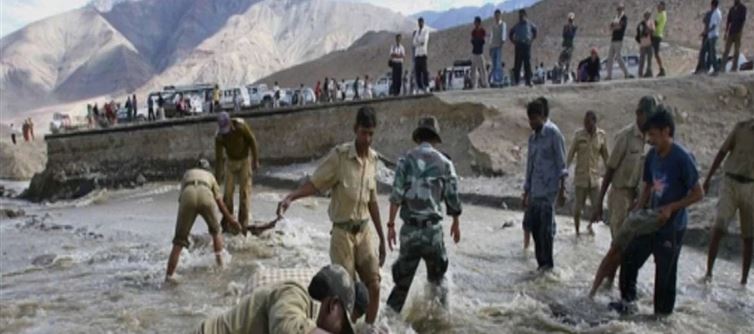
One of India's major announcements was the suspension of the Indus water pact, which pakistan views as a major shock. But first, let's clarify what the Indus Water Treaty is and why it is so important to both nations.
What is the Indus Water Treaty?
In 1960, an agreement was struck between india and pakistan on the usage of water from the Indus water system's rivers. Three eastern rivers—the Sutlej, Beas, and Ravi—were handed to india under the terms of the agreement, while pakistan was granted access to water from the Jhelum, Chenab, and Indus rivers in the west.
In exchange for peace, india notably permitted pakistan to use 80% of the water from the Indus water system. However, just 20% of the overall water infrastructure was retained by India. pakistan will no longer be able to use water from the Jhelum, Chenab, and Indus as a result of the suspension of the Indus water pact.
However, how long would it take india to halt the rivers' flow to Pakistan? The answer is that india now lacks the infrastructure needed to prevent water from overnight entering Pakistan. Massive floods could occur in places like Punjab, Jammu and Kashmir, even if india stops the flow by building dams or storing water.
As of right now, india has initiated four projects on the three western rivers that pakistan has been granted. india is engaged in the Ratle Project on Chenab and the Baglihar Dam. Additionally, the Kishanganga Project on Neelam, a tributary of Jhelum, is in progress, and the Pakal Dul Project has begun on Marusudar, another tributary of Chenab.
Only the Kishanganga project and Baglihar Dam are now in operation. India must first devise a strategy for using the millions of cusecs of water that are extracted from the western rivers. But the procedure is probably going to take a long time.




 click and follow Indiaherald WhatsApp channel
click and follow Indiaherald WhatsApp channel